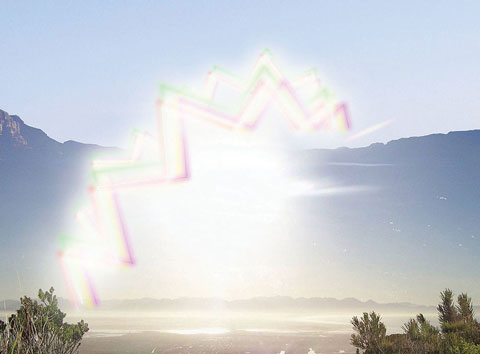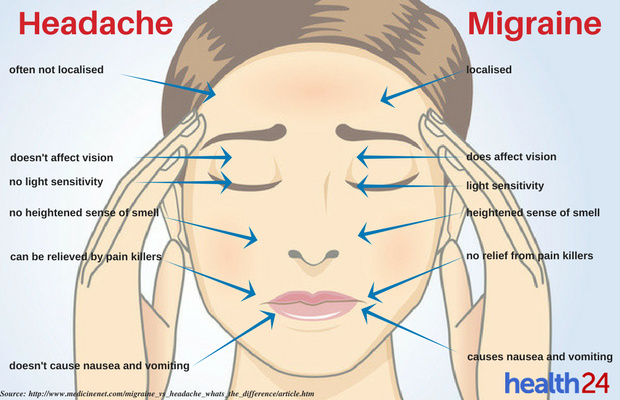


In my case, the visual aura shimmering lines were caused by lack of sleep (I had only slept two hours the night before) and a serious migraine brought on by putting up some shelves on the wall early in the morning. I heard the noise from the hammer throbbing in my ears for hours afterwards and deduced it was the cause behind the visual distortions I was experiencing. While they disappeared in about 20 minutes, I couldn’t see well and had to pull the car over. Almost instantly I started seeing several shimmering, whitish lines which appeared to move across my field of vision. 5 minutes into the drive, I felt my left eye very teary and I assumed it was because of the bright light. It was a couple of years back and I was driving into town at noon on a beautiful summer day. When I first experienced a visual aura I was extremely panicked because I thought I was going blind.

Usually, visual auras accompany migraines in the majority of cases. While seizures are rare occurrences, migraines are very likely to occur.

Other signs and symptoms of visual auraĪll of these unusual visual symptoms may appear in combination with smell, hearing or other types of neurological distortions such as experiencing strange, unknown smells or tastes, nausea, sudden anxiety, tingling and numbness sensation, confusion, weakness or slurred speech. This type may come to obscure vision in one eye almost completely. Scotoma is a type of visual aura that refers to actual blind spots or dark patches that start in the scotoma area and slowly spread towards the center of the eye. Lines, arcs or flickering lights, either white or colored may occur. It appears as spots or patches of shimmering or flickering light in an area of one’s field of vision called scotoma (or blind spot) which then expand towards the center. Scintillating scotoma is a particular type of visual aura. Temporary blindness in either one or both eyes.Tunnel vision as a result of loss of peripheral vision.Deformed perception of the size of objects in one’s field of vision.Blind spots or patches that spread across one’s field of vision.Shimmering or dark spots that develop gradually and spread.Zigzag, curved, wavy or squiggly lines that flicker or shimmer.Here is a list of simple and complex optical effects that can be classified as visual aura: However, even the most simple of visual disturbances can interfere with driving which is why it is recommended to avoid performing complex tasks until the optical effects of a visual aura withdraw. For someone who has never experienced such a disturbance in vision, an aura can prove extremely worrisome, especially if it is a more complex optical effect. Visual aura may or may not reoccur and this depends greatly on what caused it in the first place. It is different from eye floaters and both have distinct causes. Visual aura is a benign distortion of one’s visual field. The optical effects it generates usually last up to about 20 minutes. While it may occur on its own, it is known to precede or accompany a migraine. Visual aura is basically a benign neurological condition that generates simple to complex optical effects. Visual aura refers to changes in one’s field of vision such as squiggly lines, shimmering spots or lines, zigzag or flashing lines, even stars or irregular wavy scintillating lines or flickering lights.


 0 kommentar(er)
0 kommentar(er)
